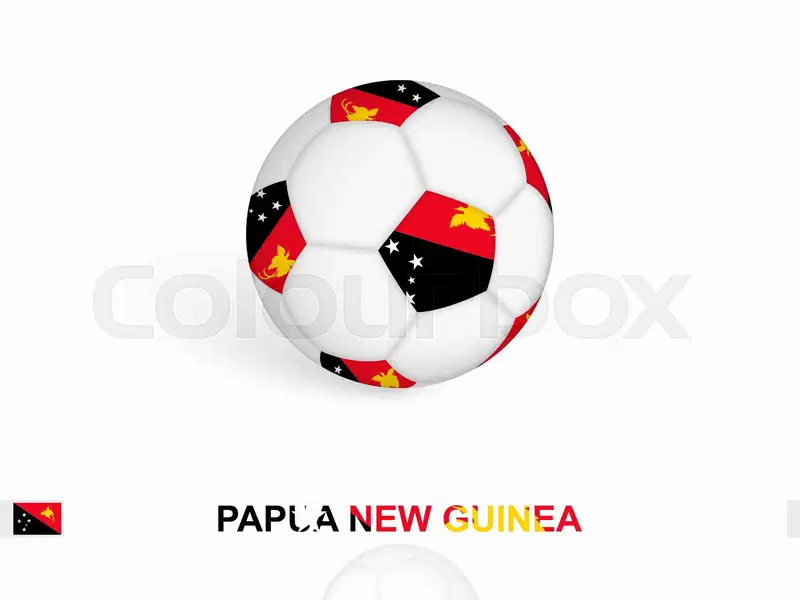The Papua New Guinea National Soccer League 2010/11 marked a significant period in the evolution of soccer in Papua New Guinea. This season not only showcased the talent and passion of local players but also represented a growing interest in the sport among fans and communities across the country. In this blog post, we will explore the various aspects of the 2010-11 season, from its inception to the teams, players, and overall impact on soccer in Papua New Guinea 79king.
Historical Context of Papua New Guinea National Soccer League 2010/11
In order to fully appreciate the Papua New Guinea National Soccer League 2010/11, it is essential to understand the historical backdrop that led to the establishment of professional soccer in the region.
Establishment of National Soccer League
The National Soccer League (NSL) was founded to provide a structured platform for soccer development in Papua New Guinea. Before the NSL’s inception, soccer was primarily played at an amateur level with no formal league system in place.
This establishment was a significant turning point as it aimed to unite different regions under one competitive umbrella, allowing clubs to participate in a regulated environment. The league was designed not just to foster soccer talent, but to enhance the country’s sporting culture as a whole.
Early Years and Development
The early years of the NSL saw a gradual but promising growth in the popularity of soccer within the nation. Clubs began to form with the desire to compete at a higher level. Local tournaments were held, giving rise to talented players who would eventually feature in the national team.
However, challenges such as limited funding, infrastructure, and poor management plagued the league in its infancy. These issues hindered the growth of the sport and made it difficult for clubs to attract sponsorships and develop their facilities.
The Role of Football Federations
The role of governing bodies like the Papua New Guinea Football Association (PNGFA) was pivotal in orchestrating the success of the National Soccer League. They focused on strategies to enhance player development, coaching standards, and grassroots participation, all of which fed into the larger aim of elevating the NSL’s status.
Despite these efforts, the road to professionalism remained bumpy, and by the time the 2010-11 season arrived, there were still underlying issues that needed addressing. The management structures and operational frameworks continued to evolve as lessons were learned from previous seasons.
The Teams and Players in the 2010-11 Season
The Papua New Guinea National Soccer League 2010/11 featured a diverse range of teams, each bringing their unique style and talent to the pitch.
Participating Teams
The 2010-11 season included several clubs, many of which had storied histories and a strong connection with their local communities.
These clubs not only competed against each other on the field; they also contributed to the rich cultural tapestry of soccer in Papua New Guinea. For instance, clubs like Hekari United, Lae City Dwellers, and Eastern Stars emerged as key players in the league, showcasing not just local talent but also attracting international players.
Star Players
One of the captivating elements of the season was the presence of star players who dazzled fans with their skills. Many homegrown talents were on display, demonstrating the rigorous training and dedication they invested in honing their abilities Papua New Guinea National Soccer League 2010/11.
Moreover, some clubs attracted foreign professionals, enriching the competitive landscape of the league. This influx of talent elevated the overall quality of play and provided younger players with the opportunity to learn from experienced athletes.


